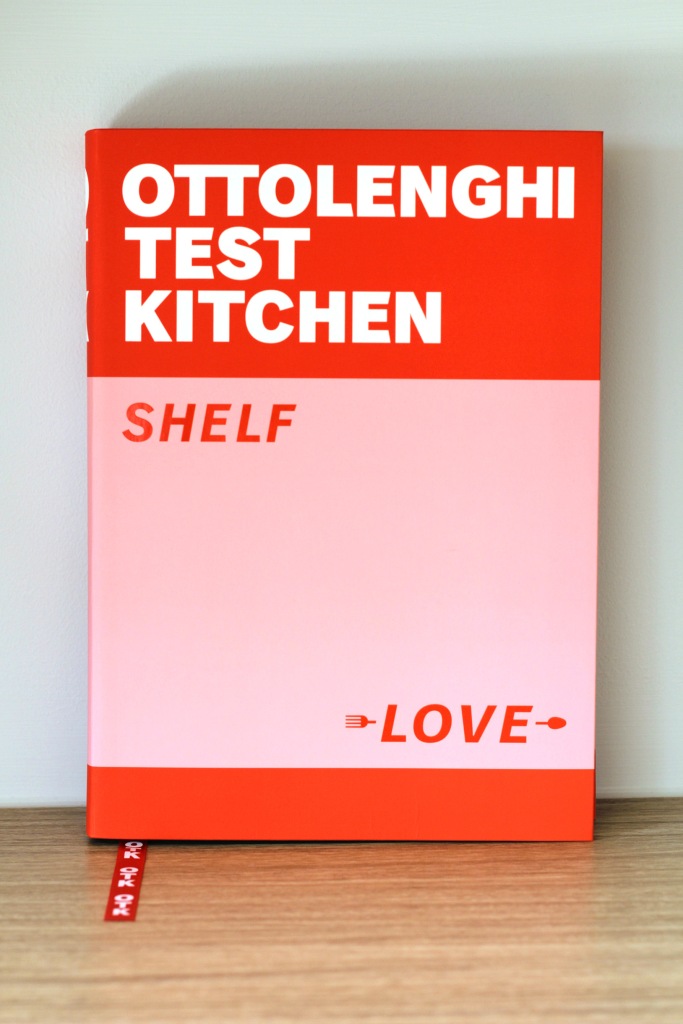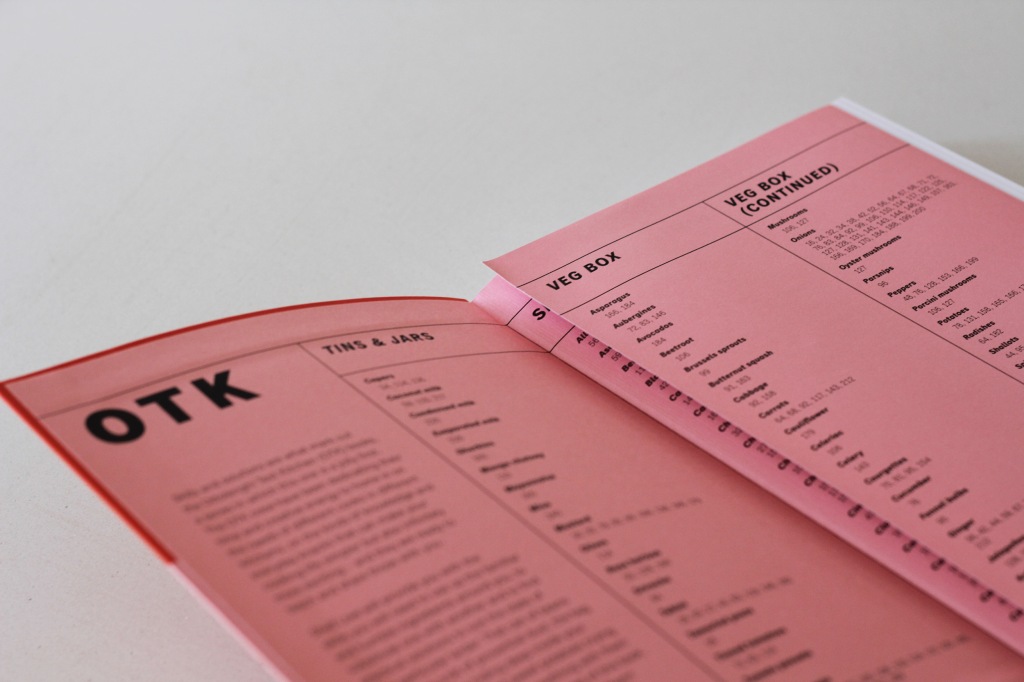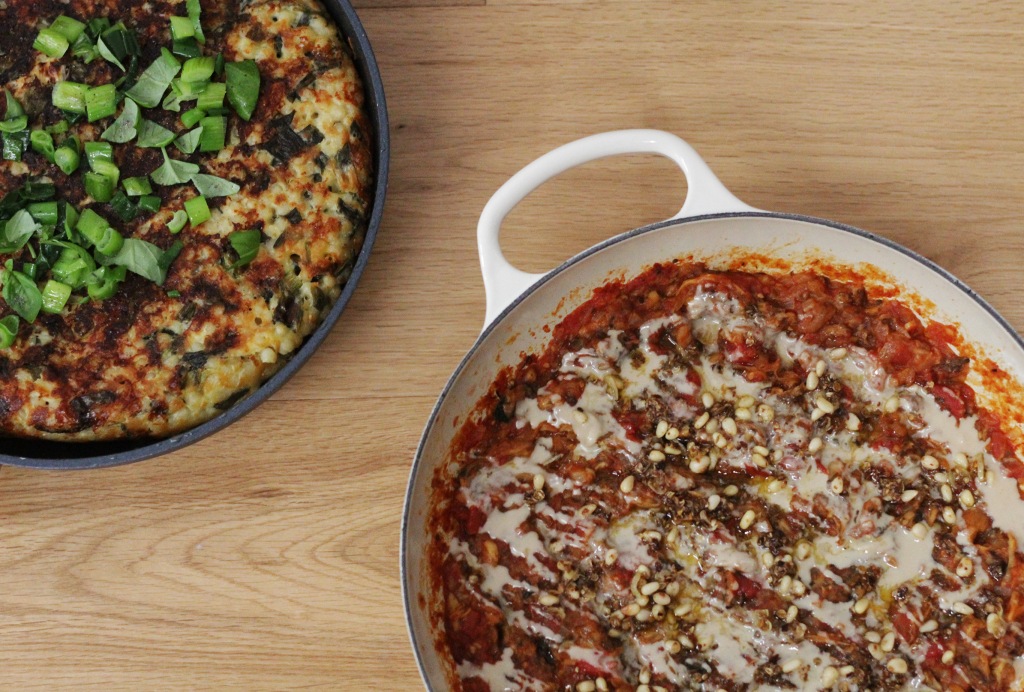I feel compelled to start this review with a caveat: I am not an Ottolenghi obsessive.
Sure I follow him on Instagram, along with his restaurants and all the staff affiliated with him and the Ottolenghi Test Kitchen (‘OTK’). I read his column regularly, and usually save his recipes to my Pinterest board. I’m part of a Facebook community cooking group that is dedicated to all things Ottolenghi and Ottolenghi-inspired.
But, despite that, I have long had an Ottolenghi-shaped block in my brain.
I was a young’un working in a bookstore many years ago when his second book, Plenty, was released. By that stage Ottolenghi had already gained somewhat legendary status, and so the constant customer queries about Plenty had me intrigued. I picked it up over and over again, wanting to fall in love and feel the urge to buy the book so I could be part of the cult, but I never did. I eventually ended up acquiring it years later when a colleague was selling her copy of Plenty More cheaply, so I bought that and then found the original so could own the pair.
And then about 5 years on I sold both, still in pristine condition, having barely used either.
I tried again with Simple. It seemed to be so much more in line with my way of cooking, but with the trademark Ottolenghi flavour profiles. And yet… it still didn’t meet my Cookability Factor threshold. At the end of the day, my overwhelming impression of Ottolenghi recipes is that they are mostly designed with the salad counter of the Ottolenghi Notting Hill restaurant in mind: to be served in generous heaping platters with 10 or more dishes on offer. While this is a beautiful and delicious way of eating and cooking (and I understand typical for many countries, particularly in the Middle East), I don’t want to spend an hour making one dish, and feel like I still need three more for a complete meal. I have also previously opined Ottolenghi’s complete disregard for the home cook’s lack of dishwashing staff.
OTK Shelf Love proves that Ottolenghi has changed.
The first and most obvious clue to this, that is the elephant in the room I must discuss, is that cover.

If you are one of those placid Hufflepuff-type people who don’t judge books by their covers, you can skip ahead to where I discuss the actual recipes. If you, like me, will only pick a book up if the publisher has employed a respectable designer or photographer, then carry on. And if you are familiar with Ottolenghi at all, you will know the cover is a real diversion from his usual style of beautiful graphics, large hardcover format, and generally books that deserve a place on the coffee table on display. When the cover of Shelf Love was first revealed, many people, myself included, thought it was a placeholder graphic. In the aforementioned Facebook community group, there were innumerable threads in which members discussed and debated the merits of the cover and the amount of distaste it inspired.
I won’t go into the same level of impassioned detail here, but if you’re thinking about buying the book (which is why you’re likely reading this review), you should know a few things:
- the book is a small, flexibound format
- don’t worry, there is still at least one (but usually several) photo of every recipe
- the book will not fit in with your other Ottolenghi books
- because it’s not meant to.
Shelf Love is the first of an OTK series that will be released over time, each with a vibrantly coloured (though to my mind, none so beautiful as the candy pink-poppy red combo of the first instalment) flexi cover, a printed ribbon bookmark, and a different focus that is aimed at helping home cooks elevate their cooking the OTK way. Unlike previous Ottolenghi-led cookbooks—which call for long lists of elusive ingredients, extensive preparation and cook time, and have you finishing the cook crying over endless mounds of dirty dishes—Shelf Love captures the essence of Ottolenghi without the hurdles.
No small amount of credit for this, I understand, must go to the lead author of Shelf Love: Noor Murad.
Many of Ottolenghi’s cookbooks are co-authored with the inimitable chefs whom have wandered into his kitchens and made their mark there: Jerusalem with Sami Tamimi, Sweet with Australia’s own Helen Goh, Flavour with Ixta Belfrage, and Nopi with Ramael Scully. But of the OTK crew, Noor is the one whose Instagram account I follow most diligently and eagerly. She routinely shares recipes which perfectly fit the bill of elevating home cooking, working with the flavours I adore. I am frequently saving and snapping screenshots of the recipes she shares in her feed and her stories faster than I can cook them. My appetite was firmly whet when I heard she was lead on the Shelf Love project. Then, on my first flip through the book, I was thrilled to discover that many of her recipes I’ve been drooling over for months have made their way into the book.
There are the meals I had earmarked for dinners, like the Really giant couscous cake, Gnocchi with sumac onions and brown butter pine nuts (which fits perfectly with my store-bought gnocchi hack) with a butter bean variation, and the 5-a-day toad in the hole. There are the recipes with a higher time input but with a phenomenal ROI, like the Za’atar paratha, Tomato and courgette (zucchini) loaf with homemade spiced tomato chutney, Cheesy fruity stromboli, and Carrot cake cookie sandwiches. And there are the recipes with well-established cult followings, like the Confit tandoori chickpeas and One pan crispy spaghetti and chicken. There are the Go To recipes for creamy dreamy hummus and vampire-slaying toum that I’m grateful to have as an easy reference point on my shelf now.
But there are also a heap of delectable-sounding recipes that are entirely new to me. There are Tabbouleh fritters (tabbouleh fritters!), an Upside-down lemon, maple and vanilla pudding with lemon-maple butter, the quirkily-titled Smooshed carrots with coriander pistachio pesto and pickled onions, and (one I’ll be eating alone while my lactose-intolerant husband watches on) the Sesame-crusted feta with black lime honey syrup. There are Peas with tahini and za’atar, Almond, barberry and orange brittle with Aleppo chilli, and Black lime beef skewers with sumac onions.
Oh the sumac onions.
If you haven’t heard of or made sumac onions before, do yourself a favour a take a strolling scroll through Noor’s instagram feed. Sumac onions are exactly what they sound like: thinly sliced onion with sumac. You can serve them raw and lightly pickled in a vinegar-salt-sugar combo of your choosing, or you can cook them slowly to caramelise, then stir through the sumac before taking them off the heat. Either way, they add sharpness and sweetness all at once. Something to cut the richness of hearty gnocchi or fatty meats, or add zip and zing to an already bright salad. They are perfect served atop DIY shawarma or yiros, or simply in a bowl at the table every day. They will change your life.
The sumac onions, the tahini drizzled liberally throughout the book, the generous scattering of pomegranate arils… it all serves to remind you that this is indeed an Ottolenghi book, though it differs from the Nopis and Flavours of his history.
Where it is alike to other Ottolenghi books, is in the fact that Shelf Love is vegetable-driven. There are a handful of meat-based dishes, but it’s a book that caters for all dietary requirements, and the vegetarians and vegans are no exception. To cement this further, there are several indexes through the inside cover flaps to quickly find your way to ‘veggie mains’ or ‘non-veg mains’, dishes made in under an hour, one pot/pan meals, those recipes that are kid-friendly, or suggestions of recipe combinations to make a full meal or a mezze style feast. To really play on the the ‘shelf love’ idea, the front inside cover boasts handy ingredient-specific indexes broken down by categories of tins & jars; spices; pulses & grains; baking; veg box; meat, seafood & dairy; and nuts & seeds. So as you plunder the back of your pantry shelves or any other dark depths of your kitchen, (while in the midst of the latest lockdown) you can easily find a recipe to suit the assortment of ingredients you have to hand.

The recipes themselves are grouped into chapters named for different sections of or ingredients in the kitchen that sometimes need a bit of ‘shelf love’ aside from the back of your pantry—like that last bag of frozen veg, the odds and ends in the veggie box, or whatever turns up in your end-of-the-week fridge raid. This categorisation of the book I’m honestly not 100% convinced of, as I just don’t find the recipes logically organised. I suspect that, over time, I will simply bookmark or learn to remember where my favourites are. But this wasn’t enough to turn me off the book, especially not when it came in at a solid Cookability Factor score of 60%.
And there is one particular chapter that would have won me over regardless: ‘Who does the dishes’. It seems that the wonderful chefs in Ottolenghi’s orbit have finally convinced him of the utmost importance of this consideration. This chapter includes the aforementioned crispy spaghetti, confit chickpeas, and veggie toad-in-the-hole, alongside a glorious looking Sweet spiced mushroom and rice pilaf, one pan Za’atar salmon and tahini, and a traybake that has me hanging out for summer, featuring Sticky sweet and sour plums and sausages.
With so many cookable recipes, I had a hard time choosing where to start. The slightly sad eggplant (aubergine) in my fridge nudged me towards the Burnt aubergine with slow-cooked tomato and tahini, which is topped with spiced toasted pine nuts and sliced garlic. I cooked it up alongside Noor’s famous Giant couscous cake (in place of the charred capsicum sauce she recommends), and we mopped it all up with some warm Greek flatbread.

Just these two recipes (and the tomato chutney and zucchini loaf I’ve already made previously) are enough for me to know this book is a winner. Sure, you could get by finding many of the recipes on Noor’s Instagram feed or in the weekly Ottolenghi column in The Guardian, but I honestly find both of these sources a little more prolific than is practical for me and I can’t keep up. Plus, I like having my own copies (bound in my favourite colour combination), with a notes section on each page ready for me to scrawl my personal edits and additions, feeling like the OTK crew are cheering me on.
While the other Ottolenghi cookbooks belong on display on the coffee table, Shelf Love will be nestled quite happily on my kitchen counter cookbook stand or in the section of my shelf dedicated to my favourite weeknight meals that are packed with flavour and inspiration. It definitely gets plenty of shelf love from me.


Good read with common sense advice
LikeLike
I have been waiting a long time to read this review in peace with a hot coffee and when the calendar reminder came up – I jumped onto it
I love this review !!!
I’m not sure if it’s your beautiful cookbook shelf , or the insights into marketing ( I will never look at a cover the same again – thank you ) but I’m really intrigued with this one – I actually really love the aesthetics of it.
We love veggie options ( no – you make veggie options look amazing – that Japanese opi whatever – I can’t remember the name but I remember the picture and how delicious your entry was ! ) and this is another cookbook I will buy.
LikeLiked by 1 person